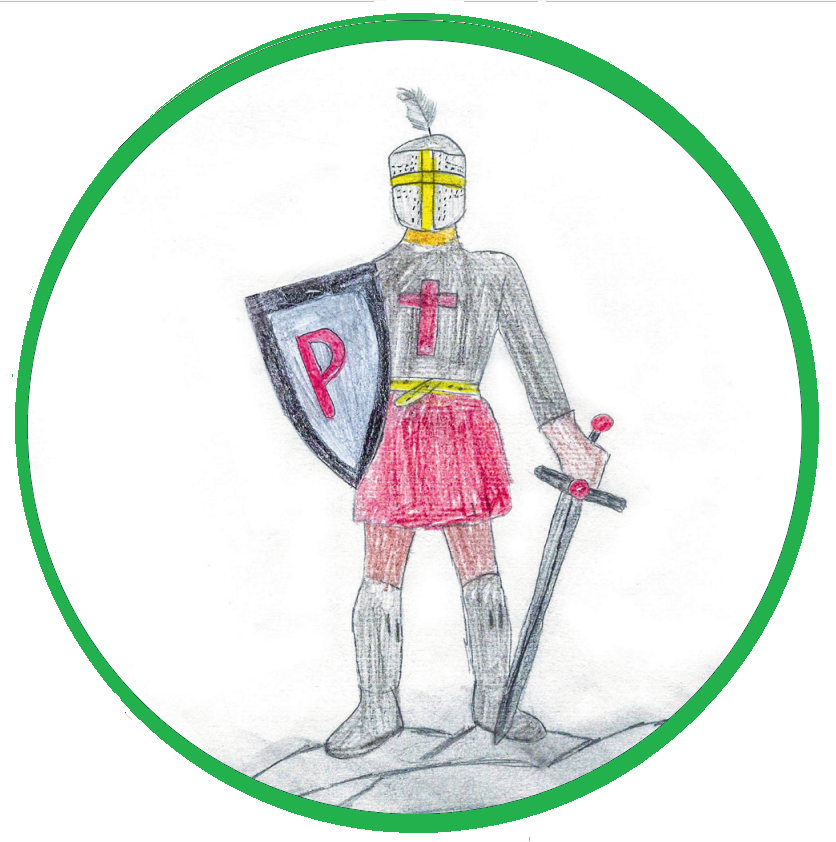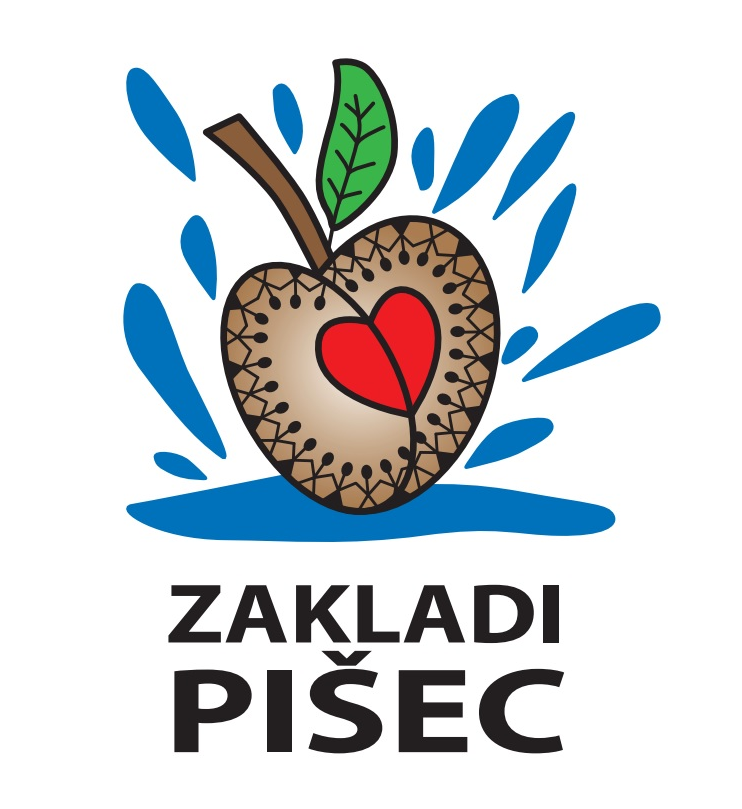Grad pišece
A bird in a distant flight,
my forests gave you rest,
carefree sleep on a safe branch,
until the storm blew you away.
Alfred von Buttlar Moscon (1898–1972), an excerpt from the poem Slovo
THE CASTLE OF PIŠECE
You have come close to Pišece Castle, our knight could say: “I am finally home!”
The first record of the Knights of Pišece dates back to the 13th century, herefore, we conclude that at that time there was already a fort here. Maybe the origin of the name Pišece is connected to this very fact, because “pri šancah” means a protective wall. The first written mention of Pišece is found in the land registry from the year 1309 (urbar is a medieval land register). It is written there that the mayor of this place cultivates a vineyard on a mountain near Pišece, and also the fact that Konrad Pišeški’s son sold his mill, which means that mills had a long tradition in these places.
Unfortunately, the Knights of Pišece soon died out and in 1495 the castle and the estate were bought by an ambitious Italian merchant Innocent Moscon. His successors acquired the title of baron, they became an influential family that owned many estates and castles. They lived in Pišece until 1938 and left an important mark in the town. Their tomb stands in the village cemetery, and is made of polished tufa.
Franz Alfred Moscon (1839–1927), who became a member of the Austrian Land and State Assembly, was also a prominent head of the Brežice district and mayor of Pišece. He strived for the development of the town and helped to build two schools. His grandson, Alfred Buttlar Moscon (1898–1972), wrote and translated literary works and hosted many European intellectuals in the castle between the two wars. The writer and world traveller Alma Karlin especially liked to visit him. In the excerpt below, she describes her farewell to Pišece, because the estate of her poet friend Fredi (as Alma called Alfred Moscon) was sinking more and more into debt.
As I walked past an old tall chestnut tree, in the shade of which I wrote the cycle of the poem about fairies and devised several chapters of my novel Erdgebunden, my heart got heavy. There in the middle of the steep meadow stood a giant sequoia tree planted by old Moscon; there, towards the southwest, the spruce trees pressed together like a narrow protective wall.
The arches around Brežice, Gorjanci and Sljeme, the hilly country between Krško and Pišece stretched before me and I knew that I would never see all of this again with such eyes, that I would never again be a guest of the lord of the castle. (Alma M. Karlin, 2023, Peš po domačih krajih, translated by Jerneja Jezernik)

Alfred Buttlar Moscon

Alma Karlin
DO YOU KNOW?
- During the Romanticism (12th and 13th centuries), important buildings were built from square-hewn stones – ashlars. This demanding work was performed by master stonemasons, who at the end also signed the stone by carving their mark into the built stone.
- The noble title baron comes from the German word Freiherr and means free man.
- The Moscons arranged vegetable gardens on the terraces below the castle and planted many exotic trees around the castle, which still adorn the castle park today.
- An anecdotal statement by regional deputy Franz Alfredo Moscono is written in the school chronicle. When asked whether Brežice needed a German school in addition to the Slovenian one, he supposedly said: “Brežice needs a German school just as much as Pišece needs a steamboat.”
- In 1938, the castle was sold at auction, with all its valuables. A rich collection of the artistic portraits of the Moscon family is kept in the Posavje Museum Brežice.

Platanus

The giant sequoia (Sequoiadendron giganteum)
CHALLENGE!

Test your knowledge of Pišece’s treasures and play a memory game.





